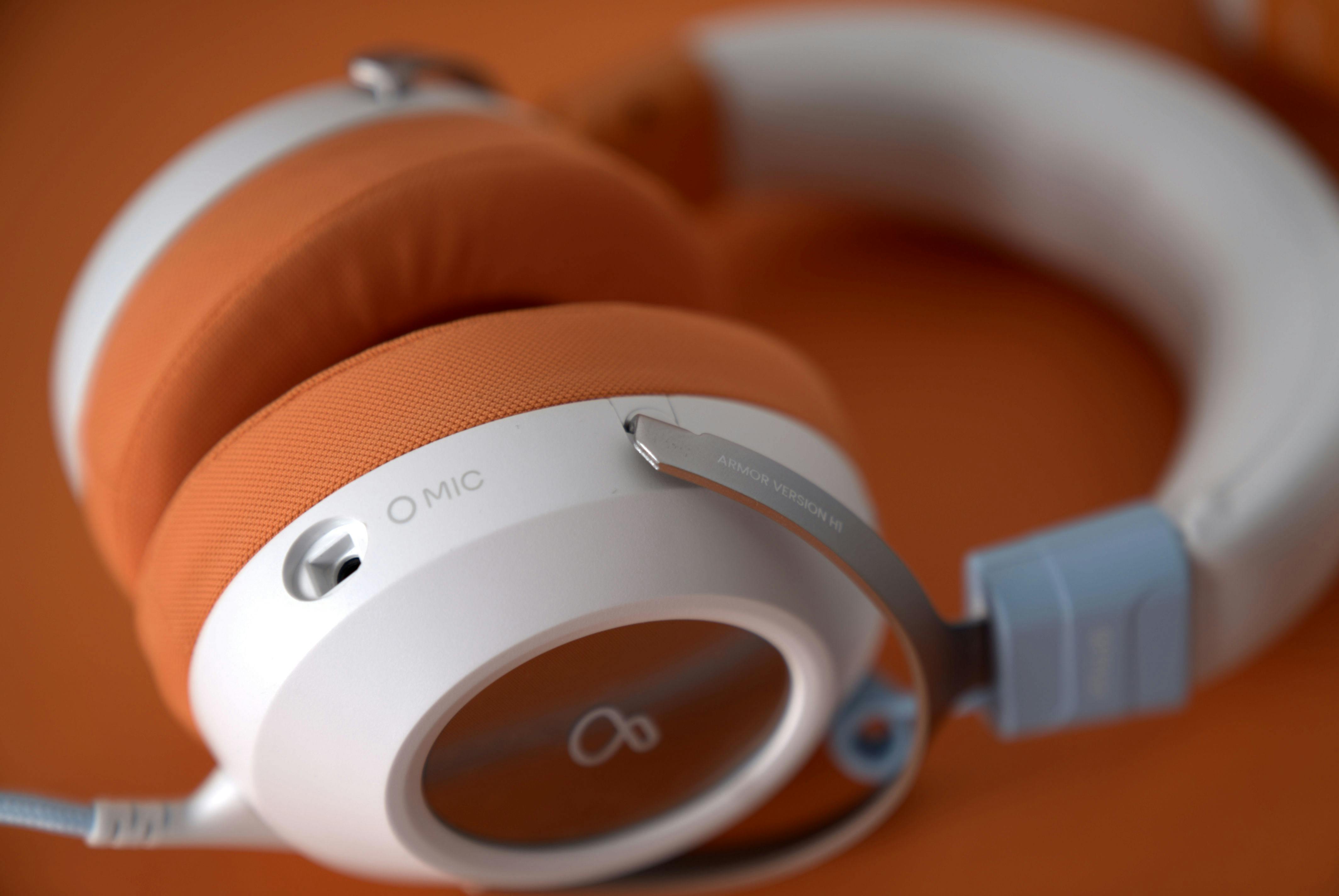Navigating the Intricate Labyrinth of Noise-Cancelling Technology
The world is abuzz, quite literally, with noise. But thanks to cutting-edge noise-cancelling technology, we are now able to drown out the cacophony and focus on what truly matters - be it music, podcasts, or blissful silence. Let's delve into the world of noise-cancelling technology, exploring its history, mechanics, and future potential.

Past Echoes: The Genesis and Evolution of Noise-Cancelling Technology
The roots of noise-cancelling technology can be traced back to the early 20th century. The first patent for an active noise control system was filed back in 1934 by Paul Lueg. However, it wasn’t until the late 1950s that the first noise-cancelling headphones emerged, courtesy of Dr. Lawrence Jerome Fogel. Fogel’s invention was primarily used in the aviation industry to help pilots communicate clearly amidst the roar of the engines.
The 1980s saw the development of digital signal processing, revolutionizing noise-cancelling technology. The technology became more accessible and affordable with brands like Bose introducing consumer-friendly noise-cancelling headphones in the 2000s. Today, noise-cancelling technology is found in a wide array of devices, from headphones and earbuds to cars and even home appliances.
The Science of Silence: How Does Noise-Cancelling Work?
Noise-cancelling technology works on the principle of destructive interference. Simply put, it uses a microphone to pick up ambient noise and then produces a counteracting sound wave that cancels out the original sound. This process, known as ‘phase inversion’, effectively mutes the unwanted noise, allowing the listener to enjoy an undisturbed audio experience.
There are two types of noise-cancelling: passive and active. Passive noise-cancelling involves physical barriers like foam and rubber to block out sound, while active noise-cancelling uses electronic circuitry to generate counteracting sound waves.
The Sound of Progress: Current Developments and Innovations
Noise-cancelling technology is continually evolving. Current advancements focus on improving the quality of noise cancellation and reducing the latency or delay between noise detection and cancellation. Brands like Apple and Sony are leading the way with their flagship noise-cancelling headphones, offering features like adaptive noise cancellation, transparency modes, and adjustable noise control.
Moreover, noise-cancelling tech is finding new applications outside of audio devices. Car manufacturers are experimenting with noise-cancelling technology to reduce road and engine noise, creating a quieter, more enjoyable driving experience.
Pricing the Peace: Market Impact and Pricing
The noise-cancelling technology market is booming, driven by the increasing demand for high-quality audio devices and the rise of remote work and online learning. The global noise-cancelling headphones market is projected to reach $9 billion by 2025, according to Grand View Research.
Prices for noise-cancelling headphones can range from budget-friendly options under $100 to premium models costing upwards of $500. Factors influencing the price include brand reputation, audio quality, design, and additional features like smart capabilities and battery life.
Future Frequencies: Looking Ahead at Noise-Cancelling Tech
The future of noise-cancelling technology is bright. We can expect to see advancements in both the quality of noise cancellation and the scope of its application. Research is ongoing into using noise-cancelling technology for health benefits, such as reducing stress and improving sleep quality.
Moreover, the rise of smart homes and IoT devices presents exciting opportunities for integrating noise-cancelling tech into our everyday lives. Imagine a world where your home can automatically adjust noise levels to create the perfect ambience, whether you’re working, studying, or relaxing.
In conclusion, noise-cancelling technology has come a long way from its humble beginnings. It’s transformed the way we listen to music, communicate, and even live, by offering us control over our sound environment. And with new developments on the horizon, it’s clear that the journey of noise-cancelling technology is far from over.




